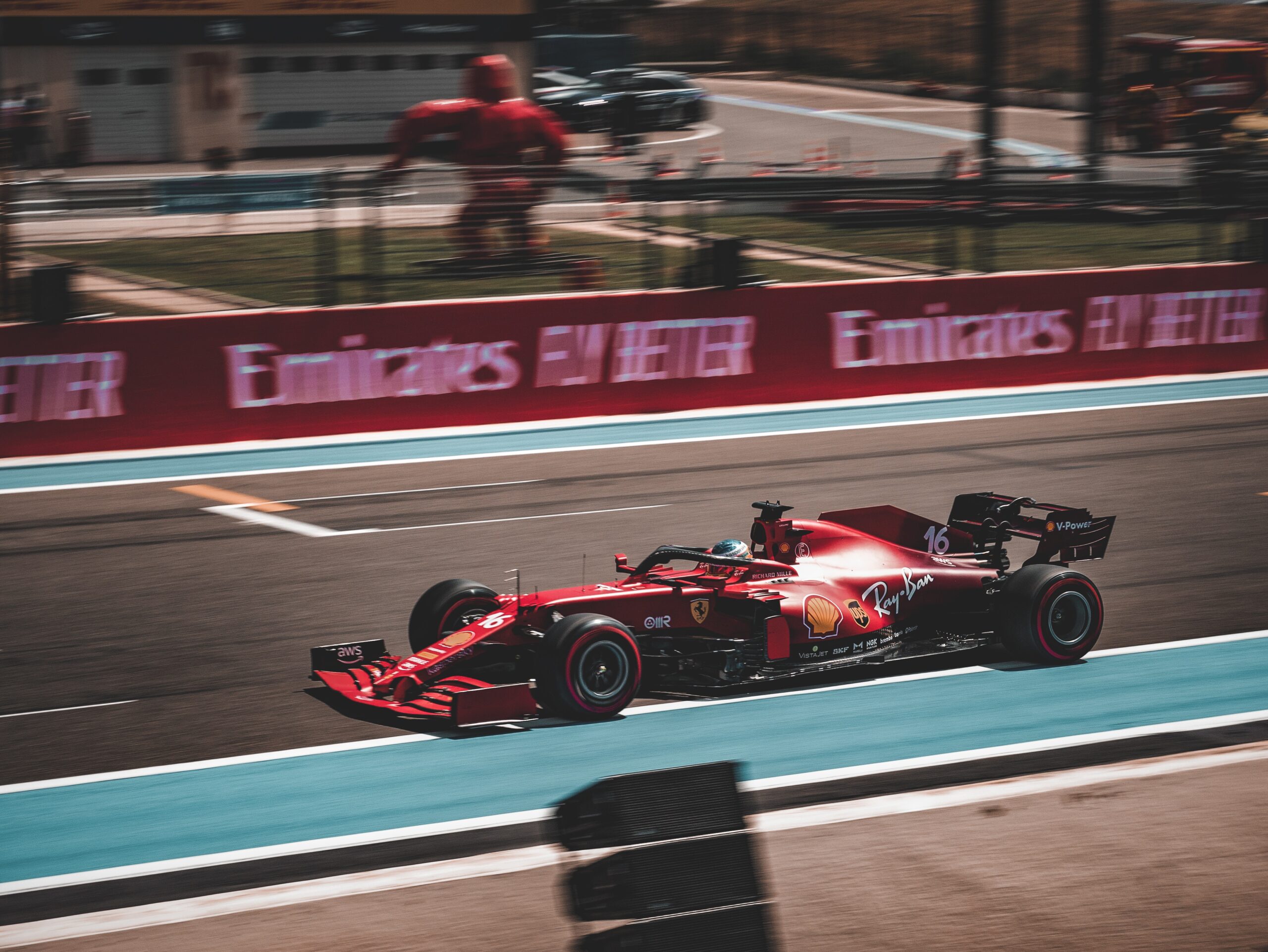The third round of the 2023 Formula 1 season went underway on April 1st at the Albert Park Circuit in Melbourne and unlike the previous two rounds of the current season, the Australian GP was rife with several incidents. On lap one of the 58 lap contest Ferrari’s Charles Leclerc was spun onto the gravel trap and beached forcing a DNF for the Monegasque and a safety car on lap one. A few laps later on lap seven, Alex Albon’s Williams hit the wall and caused another safety car to be called. This gave race leader George Russell an advantage as he pitted for new tires while his competitors in second and third stayed out behind the safety car. This safety car was the first of the contentious decisions by race control as just one lap later a red flag was called, halting the race and removing the advantage that Russell had gained by pitting.
While this red flag was later rendered moot as Russell’s engine blew out and caught fire later in the race, many fans were left wondering how the race would have differed had he stayed in first until his engine failure. The decision to not red flag immediately, but rather a lap after Albon’s crash was baffling as the driver’s collision with the wall sprayed gravel on the track which needed to be cleared by the stewards before the cars were able to get back to racing at full speed once again.

Following the first red flag the race ran for much of the distance without any incident and it was not until lap 53 of 58 where we saw another major incident. On lap 53, Haas driver Kevin Magnussen collided with the wall spraying tire and shards of debris over the track and bringing out the red flag once again setting up a thrilling finish as all the drivers pitted once again and were congested at the restart due to a standing start. The standing start set up a potentially thrilling final five laps as the leaders could battle it out going into turn one and it was anyone’s race.
This turned out, at least for a very short time, to be true as once the race started once again as another set of collisions, left only 12 cars running in a shaken up order with midfield and back runners, Nico Hulkenberg and Yuki Tsunoda, in the top 5 and Fernando Alonso, who had spent the majority of the race in third place out of the points positions. Race control once again threw a red flag, the third of the race, and by the time the cars were all back into the pits the lap counter read 58/58.
This final red flag caused confusion as race control would have to look over the rule book to decide how to finish the race and decided upon a resumption under a safety car to take the cars over the checkered flag. As a part of this resumption the FIA also reverted the order of the cars to that of the second red flag just a few laps earlier, incredibly disappointingly for Hulkenberg and Tsunoda, who had benefited from the incidents at the restart.
In essence, Lap 57 had no impact on the final outcome of the race, aside from eliminating drivers such as Gasly and Ocon. Therefore, for those who completed the race, Lap 57 might as well have never occurred.
Despite the confusion surrounding the events at the time, the FIA enforced the regulations accurately. However, whether these rules are appropriate or not is debatable. While red flags are an essential safety measure, they can also disrupt a race, as demonstrated in the Australian Grand Prix. The standing restarts, which add excitement but also raise the risk of more incidents, were also a contributing factor to the unusual nature of the race. Today’s race was a prime example of this.
Many drivers were not happy with race control’s handling of the incidents, “I just feel like restarts can easily hurt people, and you can just be so unlucky after driving 56 laps perfectly,” McLaren’s Lando Norris said. “Someone does something stupid and turn one locks up, and your race is over because [race control] just want to make the show more exciting.”
The FIA has to take a better look at and reassess its protocol in situations such as the one we saw in the Australian Grand Prix to preserve the integrity of its races rather than its spectacle. In the past few years Formula 1’s popularity globally has shot through the roof and it’s clear that the powers at be would like to maintain the spectacle for the casual viewers but doing that at the cost the sport itself will alienate the diehards that kept the brand alive through its struggles in the past few decades.







